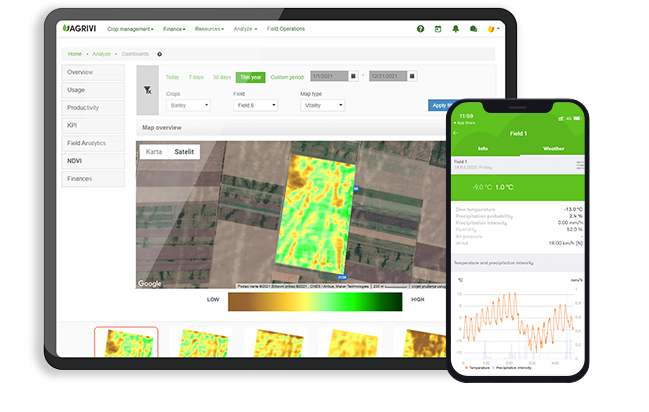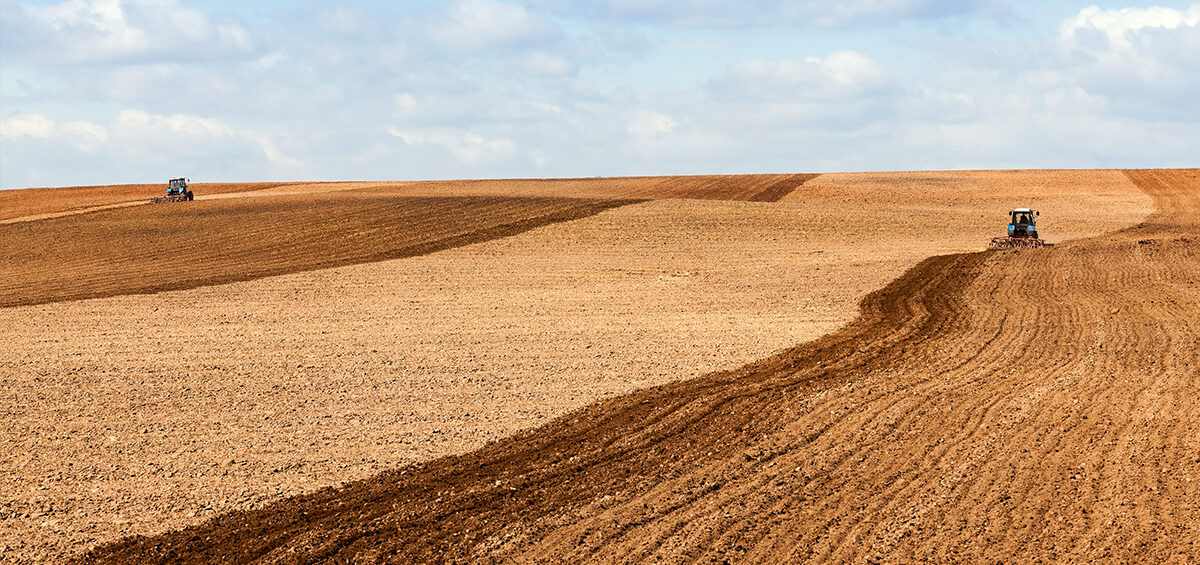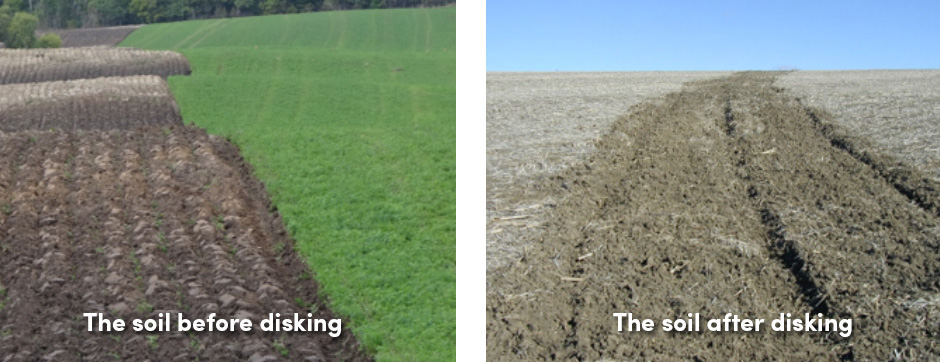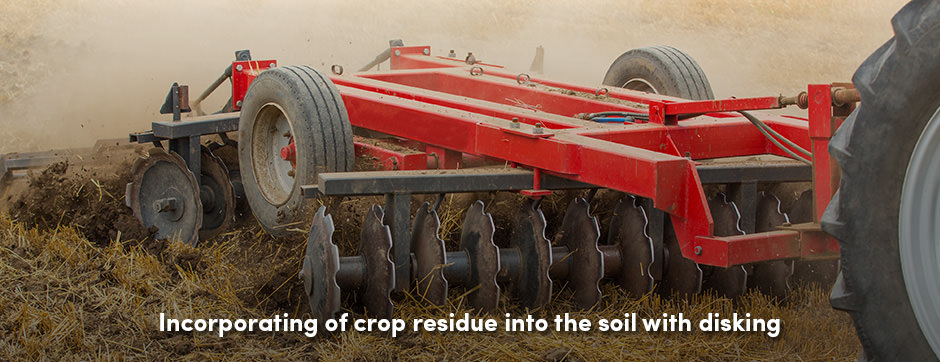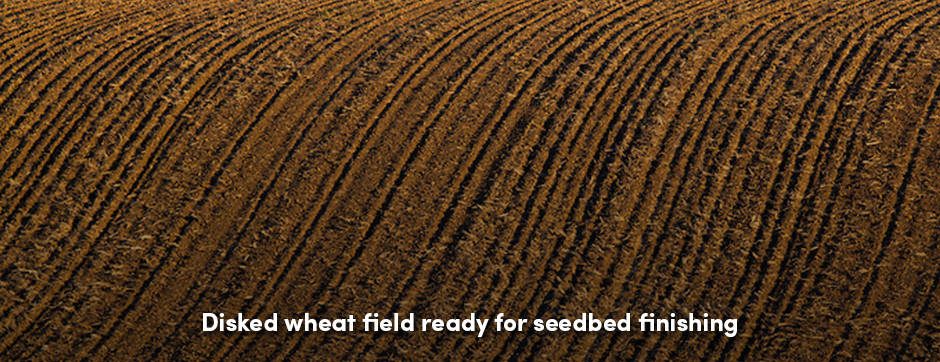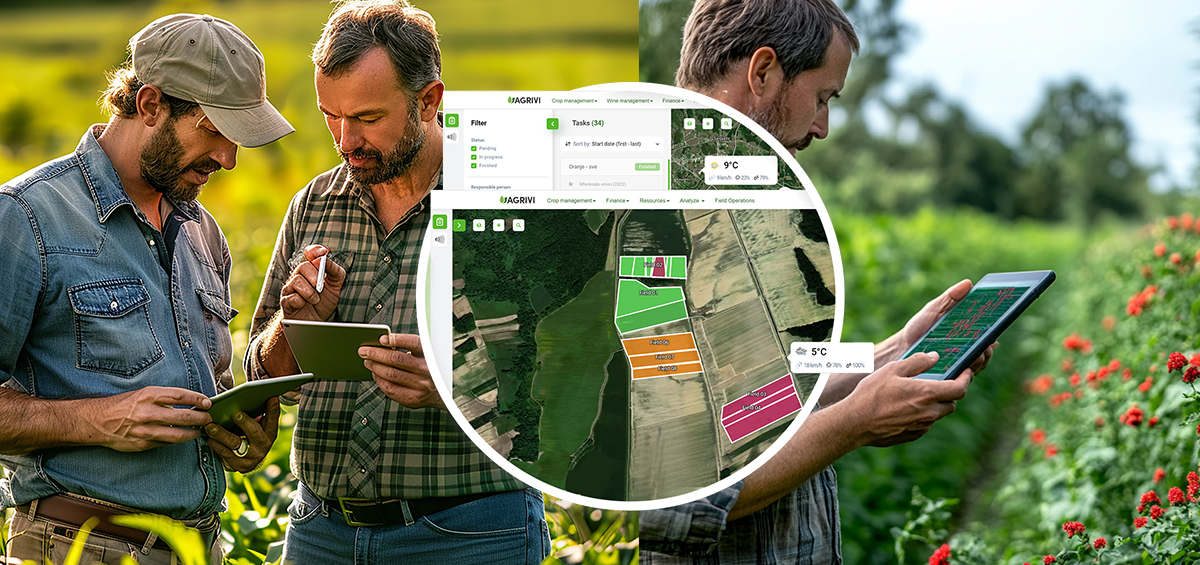High quality and healthy soil is the base for successful farm management practices. By using the best soil tillage practices, farmers can ensure well-prepared soil structure that will manage weeds, recycle plant nutrients, provides a soft mass for sowing, and a suitable surface for seeds. Disking is a soil preparation practice that usually follows plowing the soil surface, whether it was deep or shallow soil tillage. Plowing cuts, granulates, and inverts the soil, creating furrows and ridges.
Additionally, disking breaks up clods and surface crusts, thereby improving soil granulation, surface uniformity and reducing soil erosion. It is always performed shallower than plowing, at a depth of 10-15 cm (4-6 In).
Five Advantages of Disking Soil
Disking has many advantages which assist with easier soil management. The positive effects of disking are as follows:
- Closing of the furrow made after plowing, thus preserving the soil quality
- Breaking down large chunks of compacted soil
- Weed control and destroying unwanted growth
- Cutting, crushing, and mixing the soil
- Crop residue enters into the soil
Disking is the preferred farm measure to manage plant residues from the previous crop, such as soybean and cornstalks.It chops and incorporates crop residue into the soil, promoting rapid decay of the plant material, making the soil easier to manage. Another great farm measure with disking is the incorporation of agricultural lime into the soil when there is the need to increase soil pH.
Tillage with disks supports the mixing of the soil and the lime, creating the perfect ratio, thereby reducing acid saturation in the top soil layer and increasing soil health. This also provides ideal conditions for healthy and strong root development.
When Can Disking Cause More Damage than Benefits?
Although disking has many advantages to soil properties, in some circumstances it can have a negative effect on the soil and disturb its structure and physical properties. For example, herbicides and other products applied to crops during the vegetation, which then become part of the crop residue, are incorporated into the soil during disking.
Additionally, the disking of wet soil may lead to a non-uniform incorporation of crop residue, and creates clods that will require additional tillage operations. Furthermore, it can affect soil compaction left below the depth of disking which can affect root growth and reduce yields. For this reason soil moisture must be considered when planning soil disking.
Disking as a Valuable Farm Tillage Practice
Disking is an important tillage practice, even for farmers who manage crop production with reduced tillage. In order to reduce disturbing the soil, the most successful famers reduce the use of various farm machines and equipment. However, disc harrow is still included as part of the farm machines used for soil preparation.
By breaking down soil clods into smaller pieces, water penetrates more easily into the soil, increasing soil aeration as well as enhancing the activity of the soil flora and fauna. The final result is a successful seedbed preparation ready for the next growing season.Although disking seems to be yet another soil tillage practice that needs to be done, it ultimately has significant effects on both the soil and yield.
Image sources: TracPacker || Ash Creek Photo || INTERNATIONAL BIOCHAR INITIATIVE
Use Farm Management Software For Proper Soil Management
With AGRIVI Farm Management Software, farmers can plan their crop rotation, keep soil analysis records, and perform crop management, including tillage, fertilization, pest protection, and irrigation. The software also guides you on how to prepare the soil for planting by giving you best practice processes in the form of tasks for over 80 different crops, for all types of production.
To prepare your soil for planting, use these five practices together with AGRIVI software. Contact us to learn more about how AGRIVI helps optimize your farm operations.
